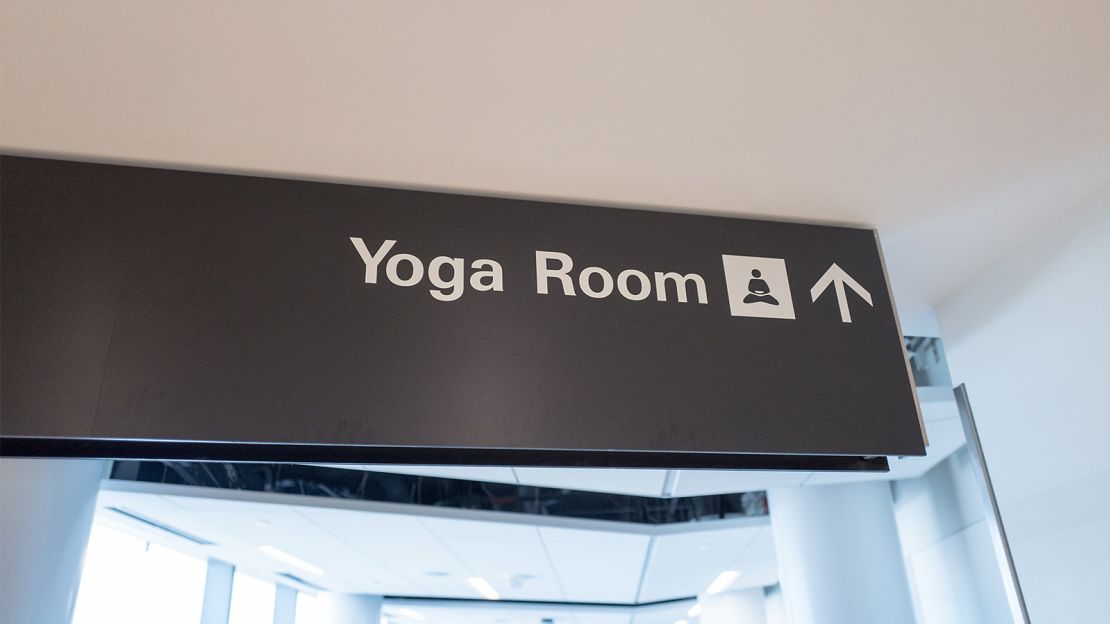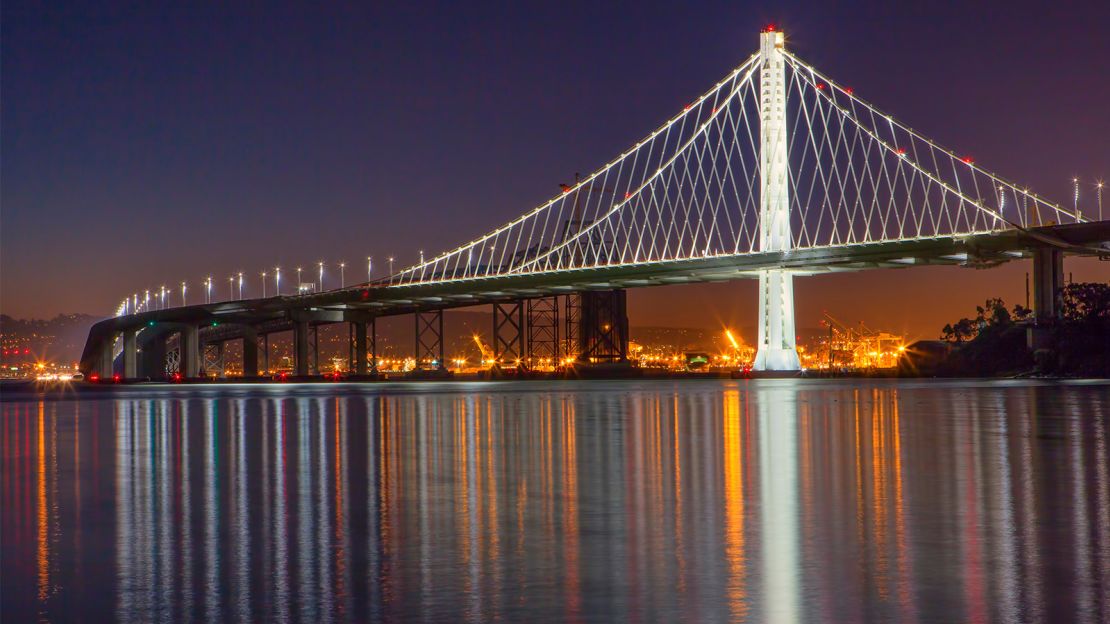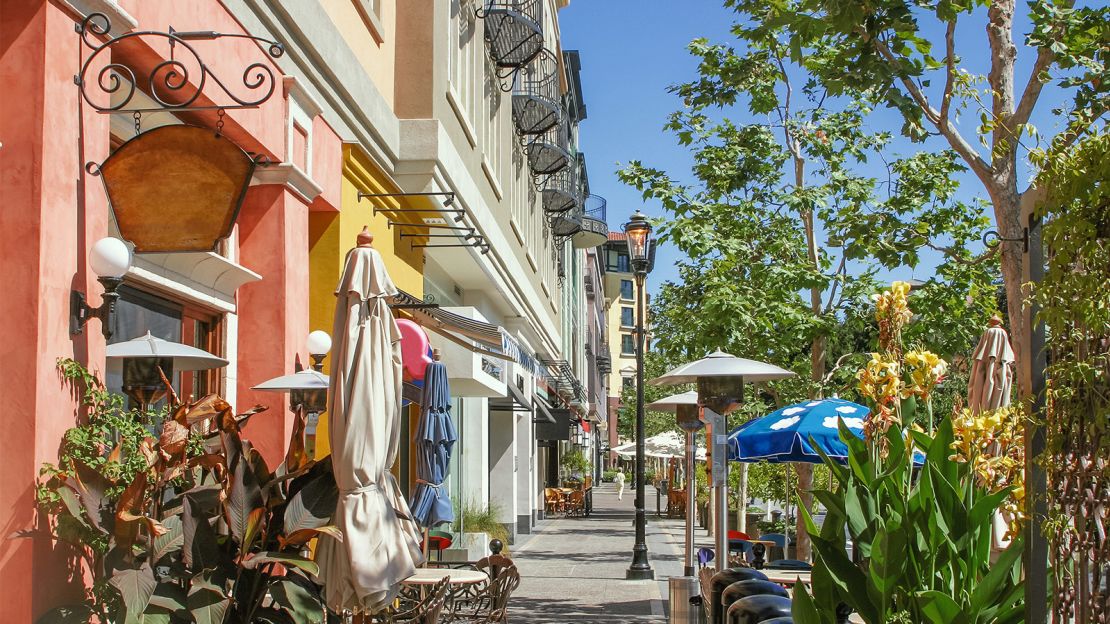Because the City by the Bay is actually on a mountainous peninsula, getting to where you’re going in and around San Francisco, California takes some strategic planning unless, of course, you’ve cashed your stock options from a startup and now fly exclusively by private jet.
For those of us without equity in a multibillion-dollar company, it’s easy to cut down on commute time after the airport with some careful planning.
San Francisco proper occupies a mere 49 square (and hilly) miles, but everything known as the Bay Area encompasses eight sprawling counties, each of which offers a smorgasbord of diversions, distractions, and day trips.
North of Silicon Valley’s massive tech industry in San Jose, there’s a plethora of museums for those seeking culture, pristine redwood forests in Marin County just over the Golden Gate Bridge for those looking for some nature therapy, and, of course, around 400 wineries when all of that sightseeing (and hill-climbing) becomes too much.
That’s why we’ve outlined the best airports to fly into based on what activities you’d like to do while you’re in the area.
San Francisco International Airport (SFO)

Located in: Technically, it’s in San Mateo County, only 13 miles south of the city proper.
Choose it if: Your destination includes San Francisco; a trip to Alcatraz, Sonoma or Napa Valley; or a big tech meeting in Menlo Park or Palo Alto.
Think again if: You’re looking for an easy way out to Yosemite National Park. You’ll have to cross the bay, which can tack on a substantial amount of time. The same goes for those wishing to live out their “Big Little Lies” fantasies in Monterey.
Worst thing about airport: The fog is so prevalent in the Bay Area that it has a name — Karl — and a Twitter account to chronicle all of his foggy misdeeds. Couple Karl’s constant presence with a record 55 million passengers who flew into SFO in 2017 and you’ve got the recipe for a potentially cramped, cranky terminal situation. In 2016 alone, Karl was responsible for a record 25,061 delays.
Best thing about airport: SFO operates less like an airport and more like a startup. Wi-Fi is free throughout (of course). Terminal 2 boasts the world’s first in-airport yoga studio and a museum with rotating exhibitions that honor the Bay Area’s art and history.
Grape expectations: Don’t expect regular subsistence airport fare here; instead, head over to Terminal 2, where you’ll find Iron Chef Cat Cora’s eponymous restaurant, serving up locally-sourced small plates and innovative cocktails. If you’d prefer a taste of Napa ahead of actually going to Napa, hoof it to Vino Volo for local wines, cheeses and nibbles.
Distance to the Golden Gate Bridge: The 18-mile trip can take as little as 25 minutes by car or as much as an hour if you’re fighting hordes of commuters. BART, the oft-complained about public transit system, can get you to downtown San Francisco in 30 minutes for $9.65, but it’ll take a transfer and another 30 minutes or so to get you to your destination.
Oakland International Airport (OAK)

Located in: Oakland, about 10 miles outside of downtown.
Choose it if: You’re heading out into Yosemite National Park or Lake Tahoe, or if you want to save a few minutes getting to Napa or Sonoma. For those worried about Karl snarling air traffic, worry not – Oakland is nearly impervious to San Francisco’s famous fog. More good news: You can find a cheaper flight here vs. SFO (OAK has considerably fewer flights and airlines, but many of them are budget-friendly).
Think again if: You’re looking to head to some of the scenic spots on Route 1 along the southern part of the peninsula, like Half Moon Bay. The serenity of the coast isn’t worth battling the city traffic.
Worst thing about airport: Oakland has long been one of the most diverse cities in the US, but the same cannot be said for its airport. Its two terminals are mostly full of mediocre chain restaurants and passing through customs can be a time-sucking ordeal.
Grape expectations: Vino Volo, located in Terminal 2 at Gate 26, offers wine tastings, small plates to nosh on before your flight, and bottles to go.
Distance to the Golden Gate Bridge: Depending on traffic (and your chosen route), all it takes is 25 miles across I-880 (that’ll take you across the Bay Bridge) or a scenic drive along I-580 that takes you by the Golden Gate National Recreation Area and the breathtaking Muir Woods.
Norman Y. Mineta San Jose International Airport (SJC)

Located in: San Jose, the epicenter of Silicon Valley
Choose it if: You’re on your way to San José, want to drive through some of the southern Redwood forests on the peninsula or are heading south to Monterey and Carmel. It’s also decent for San Francisco-bound travelers looking for a smaller, less frenetic airport.
Think again if: You’re hoping for a straight shot to wine country, since you’re in the wrong direction.
Worst thing about airport: Although SJC was the first airport in the country to offer customer service robots, it seems unnecessary to have droids like Norma ask you for a cheeseburger as you try to find your gate
Best thing about airport: SJC has a respectable amount of national and international airlines, including non-stop flights to booming business capitals like Tokyo, London and New York. There’s also strong – and free! – Wi-Fi throughout.
Distance to the Golden Gate Bridge: Fifty miles and an hour or more in varying levels of traffic; by public transit, you’re looking at 2+ hours.
Beth Stebner is a Brooklyn-based writer and editor covering lifestyle and travel. Follow her adventures on Twitter and Instagram at @bethstebner.




















